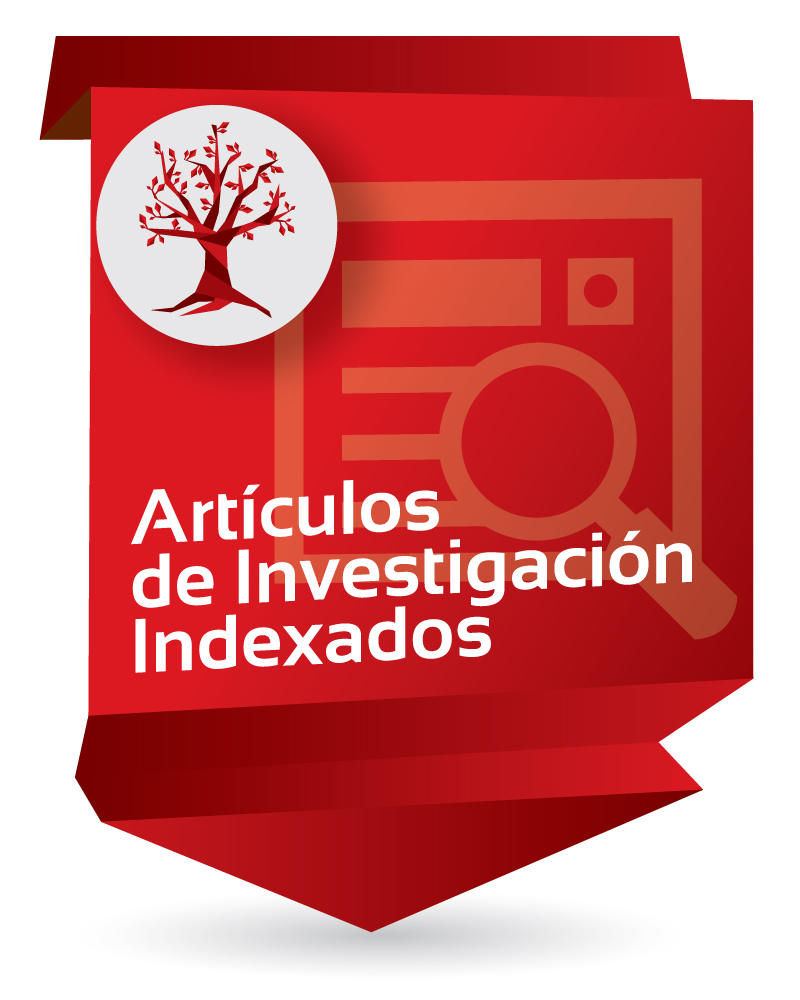Burden of invasive pneumococcal disease (IPD) over a 10-year period in Bogotá, Colombia

Item Links
URI: http://hdl.handle.net/10818/53963Visitar enlace: https://www.clinicalkey.es/#!/ ...
ISSN: 12019712
DOI: 10.1016/j.ijid.2021.02.031
Compartir
Statistics
View Usage StatisticsBibliographic cataloging
Show full item recordAuthor
Severiche Bueno, D.F; Severiche Bueno, D.F.; Bastidas A.; Caceres, E.L; Silva, E.; Lozada, J.; Gomez, S.; Vargas, H.; Viasus, D.; Reyes, L.F.Date
2021Abstract
Background
Invasive pneumococcal disease (IPD) is the leading cause of infectious death worldwide. This study aimed to describe the epidemiology of IPD and the impact of pneumococcal conjugate vaccine-10 (PCV-10) over a 10-year period in Bogotá, Colombia.
Methods
This was a laboratory-based surveillance study of Streptococcus pneumoniae isolated from patients with IPD from 82 hospitals over 10 years in Bogotá, Colombia. Data were compared between two periods: 2007–2011 (before the introduction of PCV-10) and 2012–2017 (after the introduction of PCV-10).
Results
In total, 1670 patients with IPD were included in the study between 2007 and 2017. Between 2007 and 2011, the most common serotypes were 14, 1, 6B, 6A and 3. Between 2012 and 2017, the most common serotypes were 19A, 3, 14 and 1. A decrease in the incidence of IPD, particularly in children aged 0–4 years, was noted after the introduction of PCV-10. Importantly, this reduction in incidence was not observed in patients aged ≥50 years.
Conclusions
The IPD burden in Bogotá remained stable between 2007 and 2017. The incidence of IPD decreased in children but not in older adults. The introduction of PCV-10 led to a change in the most prevalent serotypes to serotypes that are not included in PCV-10.
Ubication
International Journal of Infectious Diseases, 2021-04-01, Volumen 105, Páginas 32-39
Collections to which it belong
- Facultad de Medicina [1454]

















